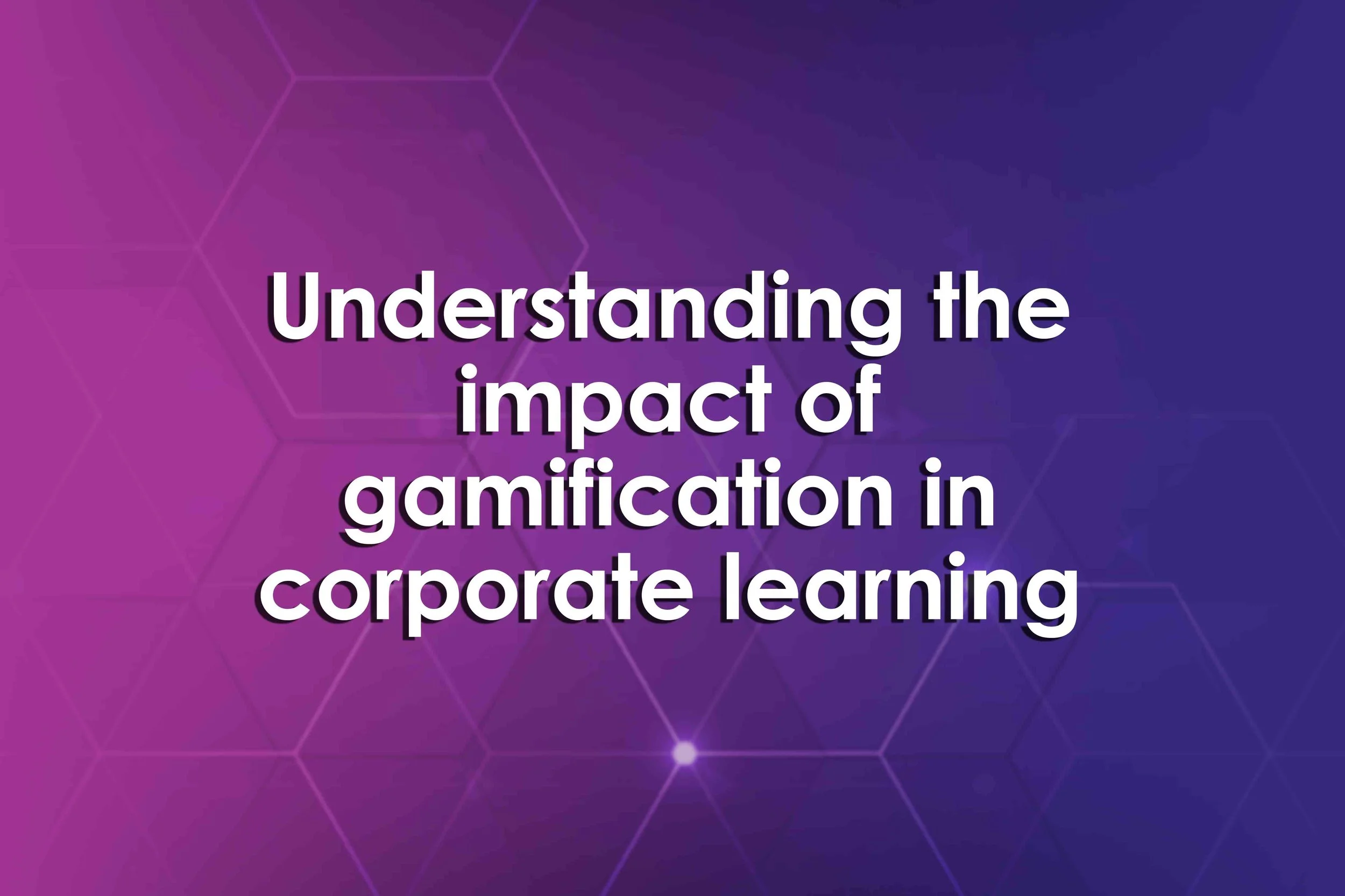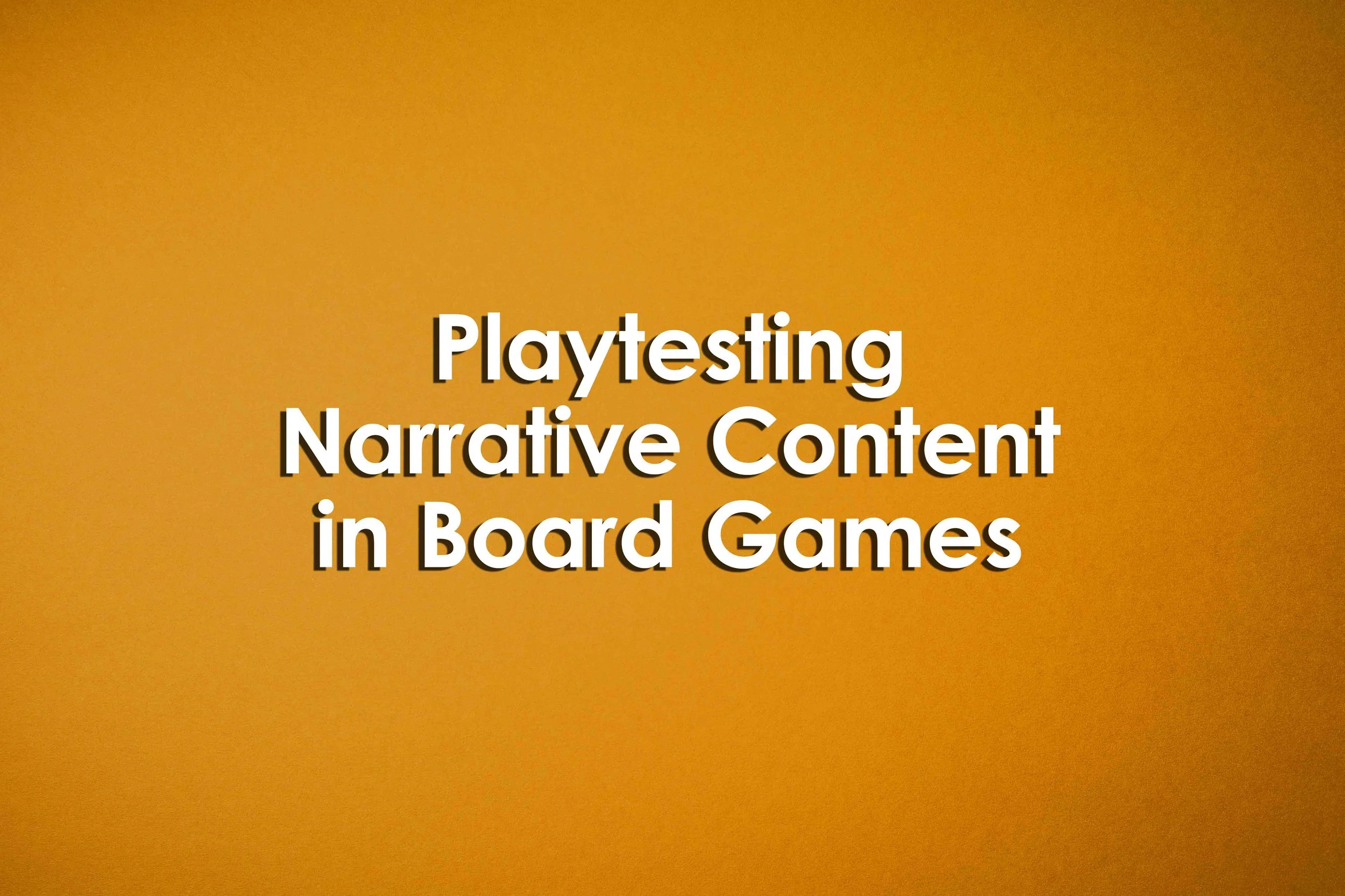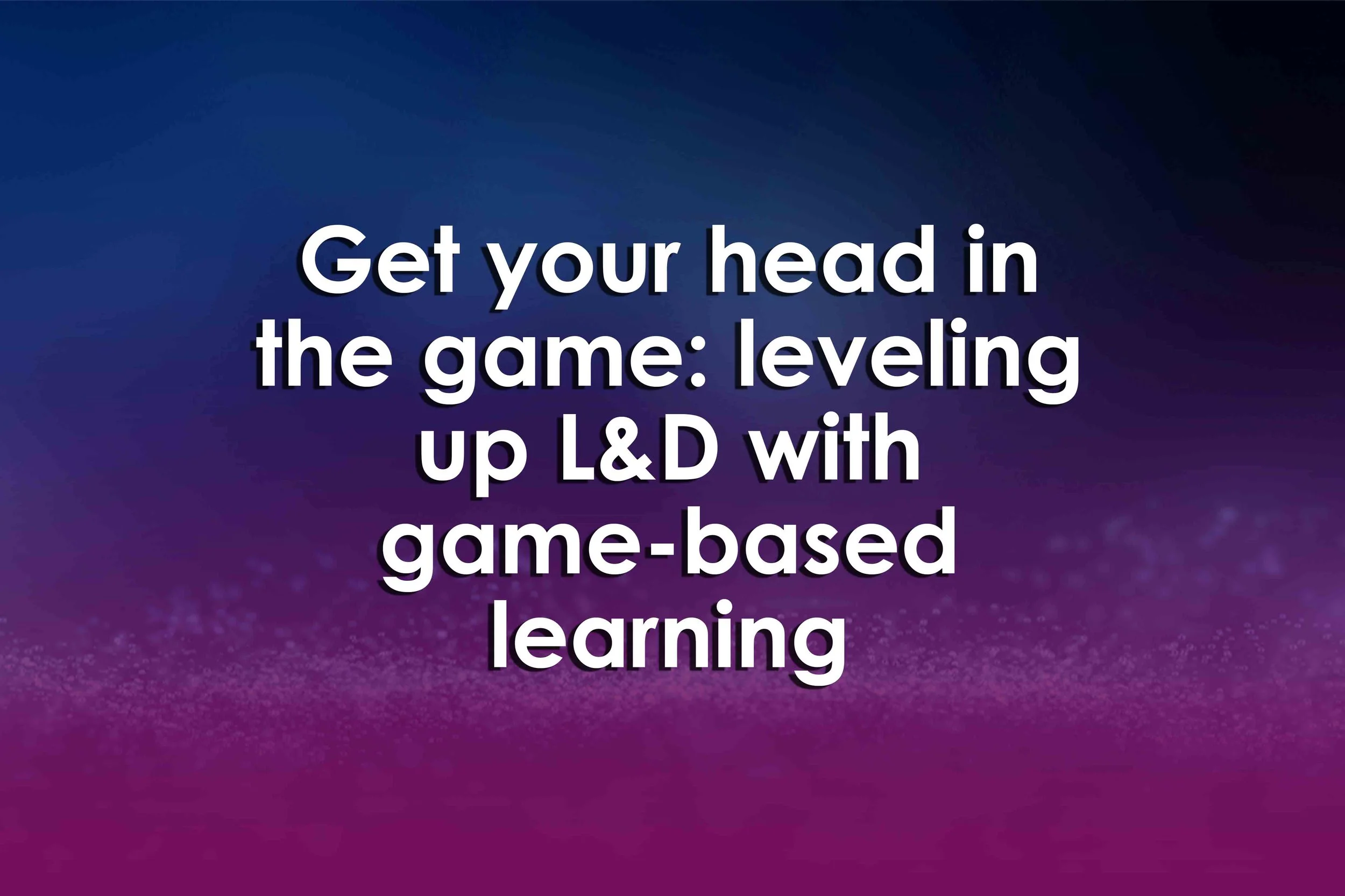The video game industry is currently flooded with remastered classics like Tomb Raider, Silent Hill 2, and The Last of Us, tapping into a wave of monetized nostalgia.
Read MoreDigital platforms, including games and social media, often use persuasive design techniques to keep users engaged, sometimes at the cost of their well-being. Features like auto-play, infinite scrolling, rewards, and streaks encourage prolonged use by triggering dopamine releases, making users crave more content.
Read MoreAI tools like ToxMod and Bodyguard.ai are being used to detect and remove online abuse in real time, aiming to create safer digital spaces. While these AI systems can help combat online toxicity, including in games and social media, their effectiveness depends on ensuring transparency, privacy, and fairness.
Read MoreAlli Kennedy, a University of Canterbury graduate, created Sharenanigans, a board game designed to teach children aged nine and up about investing and the share market.
Read MoreGamifying employee training is becoming increasingly popular as companies strive to adapt to a changing business environment. By using technology, training becomes more engaging, interactive, and fun, leveraging human instincts toward competition and achievement.
Read MoreA systematic review and meta-analysis of 27 randomized controlled trials (RCTs) examining digital mental health interventions (DMHIs) with gamified elements found small but significant effects for ADHD (Hedges' g=0.28) and depressive disorder (Hedges' g=0.28) in over 2,900 youth.
Read MoreStudent engagement is key to academic success, and integrating AI with traditional methods like gamification and storytelling can enhance it. Gamification fosters personalized learning through feedback, collaboration, and competition, while storytelling makes learning immersive and memorable.
Read MoreGamification, the integration of game mechanics like points and leaderboards into non-game contexts, is gaining traction in the financial services industry.
Read MoreGamification applies game mechanics to non-game contexts to boost engagement and motivation, especially in corporate learning and development (L&D). It enhances employee training by improving information retention, reducing turnover, and increasing knowledge application.
Read MoreElizabeth Magie invented The Landlord's Game in 1904 as a critique of monopolists and economic inequality, inspired by the ideas of reformer Henry George. Magie, a progressive advocate for women’s rights and land tax reform, designed the game to highlight issues like land-grabbing.
Read MoreDesigning a card game requires a different approach than video games, particularly in playtesting. Unlike digital prototypes, physical card games must be tested with actual cards to reveal flaws not visible in theory. Early prototyping with simple materials like torn paper is crucial, but mock-ups should be durable for real play.
Read MoreA recent study published in the European Journal of Archaeology suggests that the ancient board game Hounds and Jackals, long believed to have originated in Egypt, may have actually originated in Azerbaijan.
Read MoreA study by researchers from the University of Zaragoza explores the challenges and benefits of hosting cultural events in the metaverse, emphasizing the role of gamification in enhancing user engagement.
Read MoreThomas Yount, an environmentalist and board game enthusiast, created Climate Cooldown, a game designed to teach players about climate change and environmental stewardship. The cooperative game challenges players to balance resources, phase out fossil fuels, and tackle global warming through clean energy. Yount hopes it will spark discussions on climate solutions and inspire action. Similar games, such as CATAN: New Energies and Evolution: Climate, also address climate issues.
Read MoreShoelace Learning, founded by Julia Dexter in Halifax, addresses the literacy crisis in education by offering game-based learning solutions.
Read MoreWriting narrative content for board games presents unique challenges due to space limitations. Unlike novels or short stories, board games often provide less than 100 words per story beat, typically conveyed through concise cards.
Read MoreFilmmaker Jazmin Jones grew up believing Mavis Beacon, the face of Mavis Beacon Teaches Typing, was a real person. Mavis, a Black woman depicted as approachable and authoritative, helped make typing accessible and less intimidating.
Read MoreSince 2020, North Carolina lawmakers have allocated nearly $10 million to fund Plasma Games, a science-based video game aimed at improving education in public schools. However, participation has remained low despite incentives like free cruises for educators and scholarships for students.
Read MoreGame-based learning (or gamification) has become integral to education, enhancing memory retention and performance. However, its potential in workplace learning and development (L&D) remains largely untapped.
Read MoreTaylor Shead, founder of Stemuli, a Dallas-based AI-powered platform, uses gaming to help K-12 students make career choices. Stemuli creates personalized learning experiences, blending education with workforce development.
Read More




















